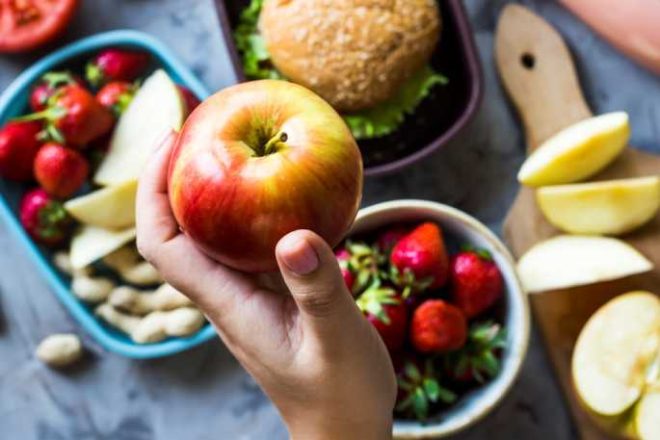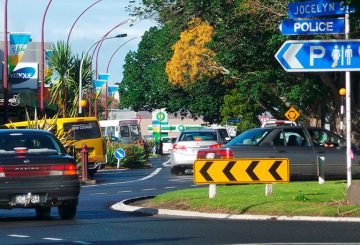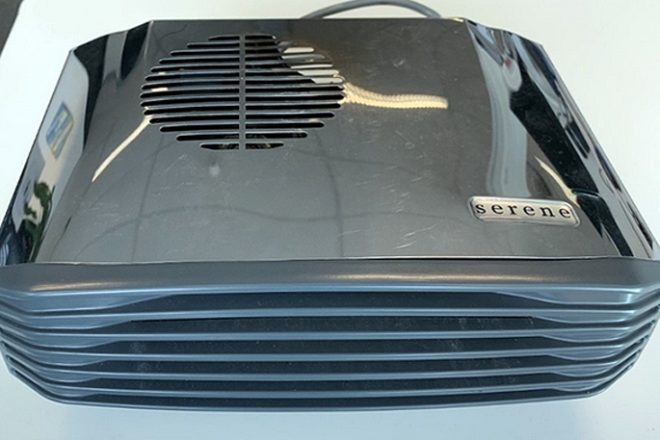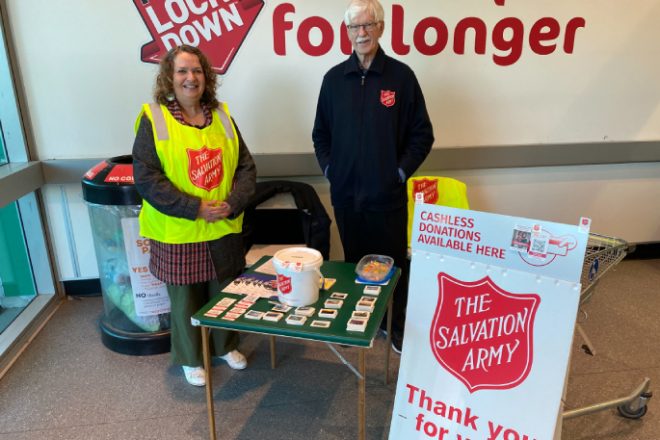New research has found that school meal programs can successfully feed children without creating excess food waste. The key is to offer a variety of foods that the students are familiar with and enjoy eating. The study, funded by the Our Land and Water National Science Challenge, discovered that these programs fail when they focus only on nutritional content.
Successful programs include foods that students prefer, as part of dishes that are culturally relevant and appealing. This approach reduces the likelihood of meals being left uneaten and discarded. The study emphasizes the importance of these programs in addressing nutritional gaps and reducing food poverty.
Professor Nitha Palakshappa, the research co-leader, noted that many unsuccessful initiatives do not provide the kind of food that students want to eat. She explained that students are more likely to eat food that they are used to eating at home.
The researchers found that the most successful programs cater to the unique food preferences and cultures of each school. They do this by offering a diverse and multicultural weekly menu based on students’ preferences. These programs also work closely with schools to enhance students’ positive experiences of food and reduce feelings of shame about participating in the program.
The study also revealed that having a kitchen at the school can make a significant difference. It allows for fresher meals to be served more quickly, which are more appealing than delivered food. It also reduces food waste, as the exact number of students can be catered for each day.
One of the successful meal programs included in the study is Kura Kai. This program provides schools with freezers to store meals that anyone can take home to feed their families or others in their community. This approach creates a shame-free environment for students to access food.
Some schools run the Kura Kai Rangatahi program, where students cook the meals themselves during classes, also earning academic credits. This involvement in the cooking process helps to create a stronger connection to the food. It also equips them with the knowledge and skills they need to feed their families and communities.
The study concluded that food programs that connect students to culturally meaningful foods and involve them in the entire process – from growing and harvesting to cooking and preserving – help to strengthen cultural identity and wellbeing. These programs also improve food security for the wider community.

























































